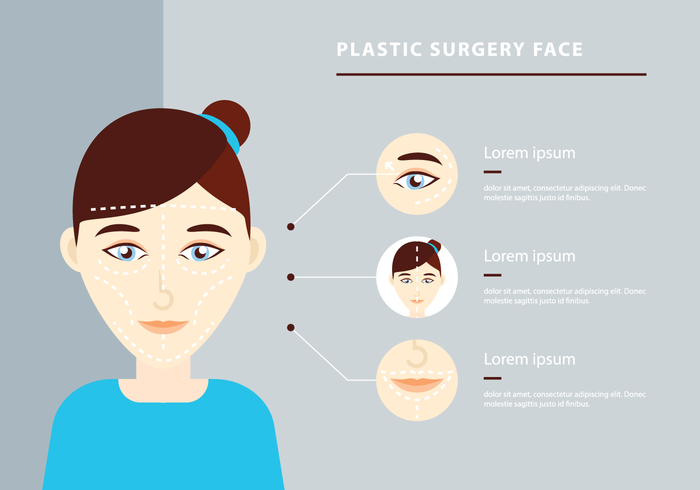Blackheads Vs Whiteheads What’s The Difference
Blackheads Vs Whiteheads What’s The Difference
Blog Article
Acne Scars and Post-Acne Treatment
Acne scars and dark marks can remain also after the acne itself has gotten rid of. However there are numerous all-natural, non-prescription and medical treatments that can minimize their appearance.
Ice pick scars are small indentations that resemble pinpricks; rolling scars have a wave-like appearance and shallow depth; boxcar marks have clear sides; hypertrophic marks are elevated bumps. Therapies consist of skin needling, where your medical professional rolls a needle-studded tool over the skin; and medical excision, when a medical care specialist remove deep marks.
1. Scrub
Acne scars fade best when they aren't covered with dead skin cells. Exfoliation removes the buildup and allows fresh skin cells to come to the surface. It also makes acne scars less noticeable.
A dermatologist can recommend peeling approaches for your details skin kind. Dry skin might take advantage of exfoliation with scrubs or other mechanical methods, while oily skin may require a chemical peel. Those with darker complexion require to be cautious utilizing stronger chemical treatments, as they can cause dark spots and level of sensitivity.
If you have acne marks, stay clear of selecting or pressing at them, which can make them worse. Inflammation caused by irritability raises the opportunity of scarring. Selecting can leave ice-pick scars, which are narrow indentations with a factor at the end. You can additionally get boxcar scars, which are indentations with wider sides. You can likewise establish hypertrophic or keloid scars. These are elevated bumps of mark tissue that can be itchy and unpleasant.
2. Moisturize
After finishing your acne therapy, maintaining skin clear and healthy requires a regular skin care routine that safeguards from outbreaks and minimizes post-acne marks. This consists of a gentle cleanser and moisturizer, non-comedogenic items that do not clog pores, and avoiding foods that aggravate skin or trigger acne flare-ups.
Utilizing a lightweight, non-comedogenic cream with components like hyaluronic acid and glycerin can assist hydrate skin while additionally enhancing skin texture and advertising recovery. Search for a product that is created without fragrance or parabens.
A product that targets sticking around acne marks with components such as skin-brightening tranexamic acid and bakuchiol can improve dark spots or irregular tone triggered by inflammation. It delicately resurfaces the skin tone while smoothing rough and distinctive areas. An item that incorporates a retinoid and a plant-based retinol option can also enhance the appearance of much deeper scars while simultaneously targeting existing imperfections and stopping future breakouts.
3. Hide
When your acne scars recover, you can hide them with make-up and a concealer. Just make sure you're just applying the item over scars that are fully recovered (not fresh ones), says Sotomayor. After that, finish your look with a strong lip color or declaration smoky eye shadow for maximum impact.
When it pertains to choosing a structure or tinted cream, it is very important to pick one that is noncomedogenic and oil-free. This will certainly help maintain your skin clear and avoid the clogging of pores that can cause new outbreaks.
The exact same goes with choosing a concealer. Look for a formula that uses full insurance coverage but still really feels lightweight and blendable on the skin. Additionally, when skin rocks near me covering impressions from acne scars, it's an excellent idea to locate a color that matches your all-natural skin tone (as opposed to a shade lighter or darker). This will certainly help hide the indents more effectively. This beneficial balm is an excellent choice for brightening and lightening post-inflammatory hyperpigmentation, which can be triggered by acne or various other inflammatory skin problem. It has moisturizing panthenol, softening shea butter and reinforcing peptides that decrease soreness and scaly structure.
4. See Your Dermatologist
The scars that create from severe acne commonly require therapy by a doctor or skin specialist. Prior to that can happen, however, a patient needs to have their acne in control. This includes not choosing or pressing acne spots, and making use of gentle cleansers and water-based non-comedogenic products that will not clog pores.
If drugstore cleansers and place treatments aren't clearing your skin, timetable an appointment with a skin specialist. The skin doctor can recommend various other therapies that help clear your skin without drying it out or bothersome it.
A dermatologist can likewise deal with other type of post-acne marks, consisting of dark places that are a type of hyperpigmentation called PIH (post-inflammatory hyperpigmentation). A topical retinoid like adapalene can noticeably lighten these marks and discolor them quickly. For other sorts of marks, the doctor can recommend an extra intensive treatment. This might consist of microdermabrasion or chemical peels that are done right in the office. Depending upon the extent of your scars, these treatments might require to be repeated.